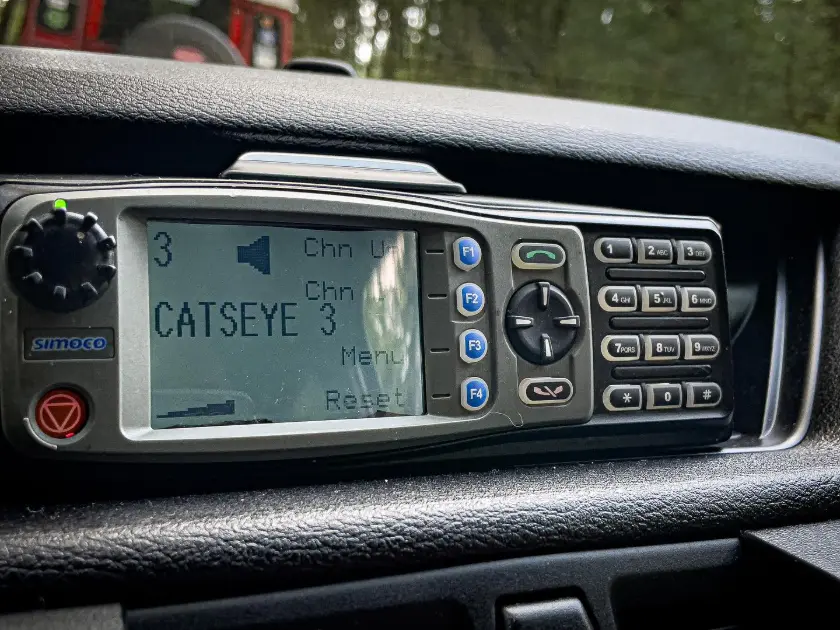What services does Catseye Response Medical Services offer to event organisers?
For any event organiser—whether you’re planning a local community fair, a large-scale concert, a corporate gathering or a sporting fixture—having credible, professional medical cover is not just a nice-to-have: it’s a key part of risk management, attendee safety and ensuring your event runs smoothly. That’s where Catseye Response Medical Services come in.
How many first aiders do UK events need? Understanding the Purple Guide
When planning any public event in the UK — from a small community fete to a large festival — one of the most important safety considerations is first aid provision. Although there is no single legal minimum for the number of first aiders required, the Purple Guide (originally developed by the Health and Safety Executive and now maintained by the Events Industry Forum) is the recognised industry standard for determining medical and first-aid requirements at events.
The Purple Guide makes it clear that every event is unique. First aid cover must therefore be based on a risk assessment, considering the type of event, who is attending, activities involved, duration, alcohol use, weather conditions, and the venue’s access to emergency services.
What the Purple Guide recommends
The Purple Guide provides baseline guidance for determining first aid staffing:
For small, low-risk events, the Purple Guide suggests a minimum of two first aiders, even for events with under 1,000 attendees.
For events up to around 3,000 attendees, a common interpretation is the guideline of 2 first aiders per 1,000 people for low-risk environments.
As risk increases — for example due to alcohol, sports activities, large crowds, long durations, high temperatures, remote locations, or vulnerable audiences — the number and skill level of first aid providers should also increase.
Larger or higher-risk events may require first responders, paramedics, nurses, doctors, treatment centres, and ambulance provision.
Crucially, the Purple Guide stresses that ratios are only starting points. Event organisers must adapt requirements based on the specific nature and risks of their event.
Why a risk assessment matters
The Purple Guide’s approach is centred on risk-based planning, not fixed numerical rules. Your medical risk assessment should consider:
Event type — concerts, sports events, festivals, parades, outdoor markets, etc.
Venue characteristics — indoor/outdoor, seated/standing, terrain, crowd density, and access routes for emergency services.
Audience profile — age, mobility, alcohol or drug use, crowd behaviour, and any vulnerable groups.
Duration — short events vs multi-day festivals, including camping or night-time activity.
Previous event data — incident rates, known hazards, environmental conditions like heat or poor weather.
Two events with identical attendance figures can require very different first aid arrangements depending on these factors.

Practical guidance for event organisers
Below is an interpretation of commonly used best-practice guidance based on Purple Guide principles:
Low-risk small events
A minimum of 2 first aiders
Basic first aid point and clear emergency procedures
Low to medium risk events (up to 1,000–3,000 attendees)
At least 2 first aiders, often 2 per 1,000 attendees as a baseline
Consider additional first aiders or trained responders depending on risk factors
Medium to large events with moderate risk
Increased number of first aiders
Possible inclusion of first responders, paramedics or nurses
One or more first aid posts
Communication plan with local ambulance services
Access to AEDs
Large, complex or high-risk events
Full medical team, which may include:
Clinical lead (doctor or advanced paramedic)
Paramedics, nurses, emergency care assistants
First responders and first aiders
On-site treatment centre(s)
Ambulances and dedicated transport plans
Detailed Medical Plan and liaison with NHS ambulance services
Tailoured Solutions for your event
The Purple Guide is the industry standard for event medical planning in the UK.
There is no absolute legal minimum, but the widely used guideline is no fewer than 2 first aiders, scaling up based on risk.
A commonly applied reference point is 2 first aiders per 1,000 people, especially for low-risk environments up to around 3,000 attendees.
Larger or higher-risk events need significantly more cover — often including professional medical staff.
A detailed event-specific medical risk assessment is essential and should form part of your Event Management Plan.
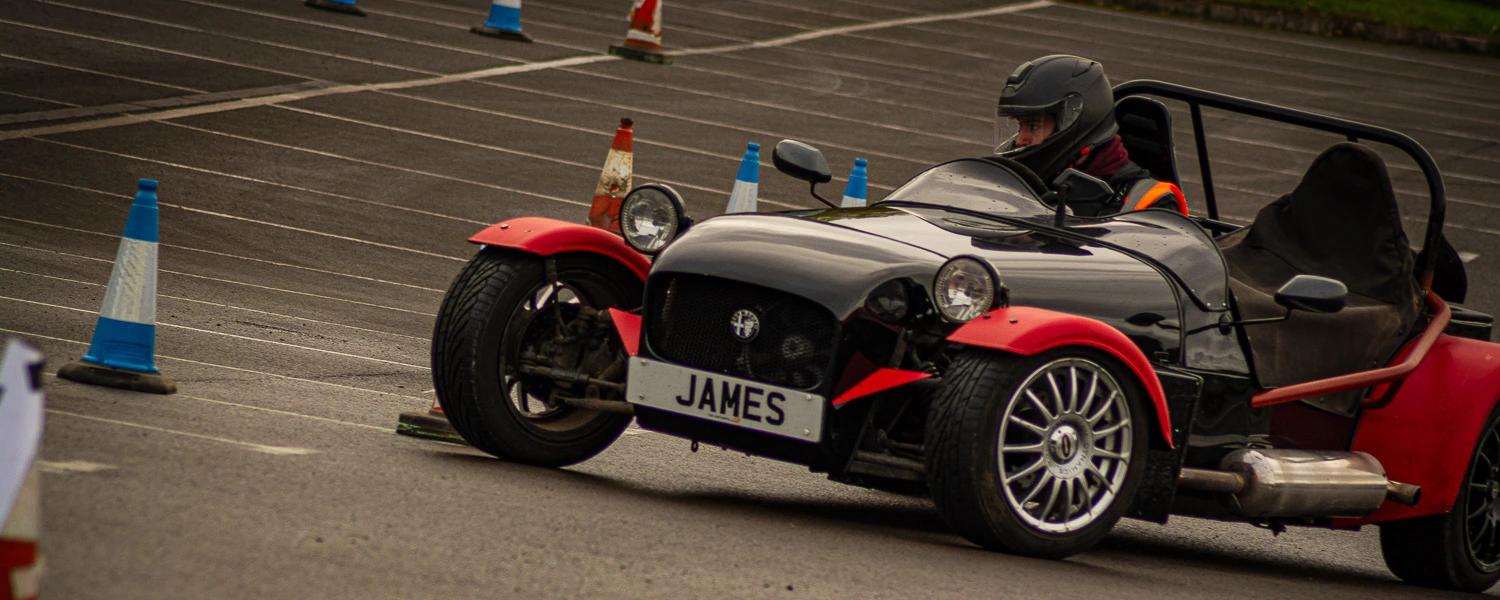
Integrated Communications & Smooth Operations
Medical teams don’t operate in isolation. Catseye integrate directly with your event control using secure digital communications, enabling:
Fast incident reporting
Coordinated response
Clear command-and-control structure
Seamless information flow on the day
This ensures that when something happens, everyone who needs to know—knows.
Professional Standards You Can Rely On
When you book Catseye, you’re working with a team committed to professionalism:
Staff are fully DBS-checked
Medics are uniformed and visible
All equipment is modern and event-ready
They carry full insurance
They follow industry best practices for pre-hospital emergency care
For organisers, this means peace of mind—and smoother approval processes with venues, insurers and local authorities.
A Partner for Events Across the North West
Based in the North West of England, Catseye provide medical cover throughout:
Greater Manchester
Cheshire
Lancashire
Surrounding regions
They can scale services up or down to meet your needs, from intimate gatherings to large multi-day events.
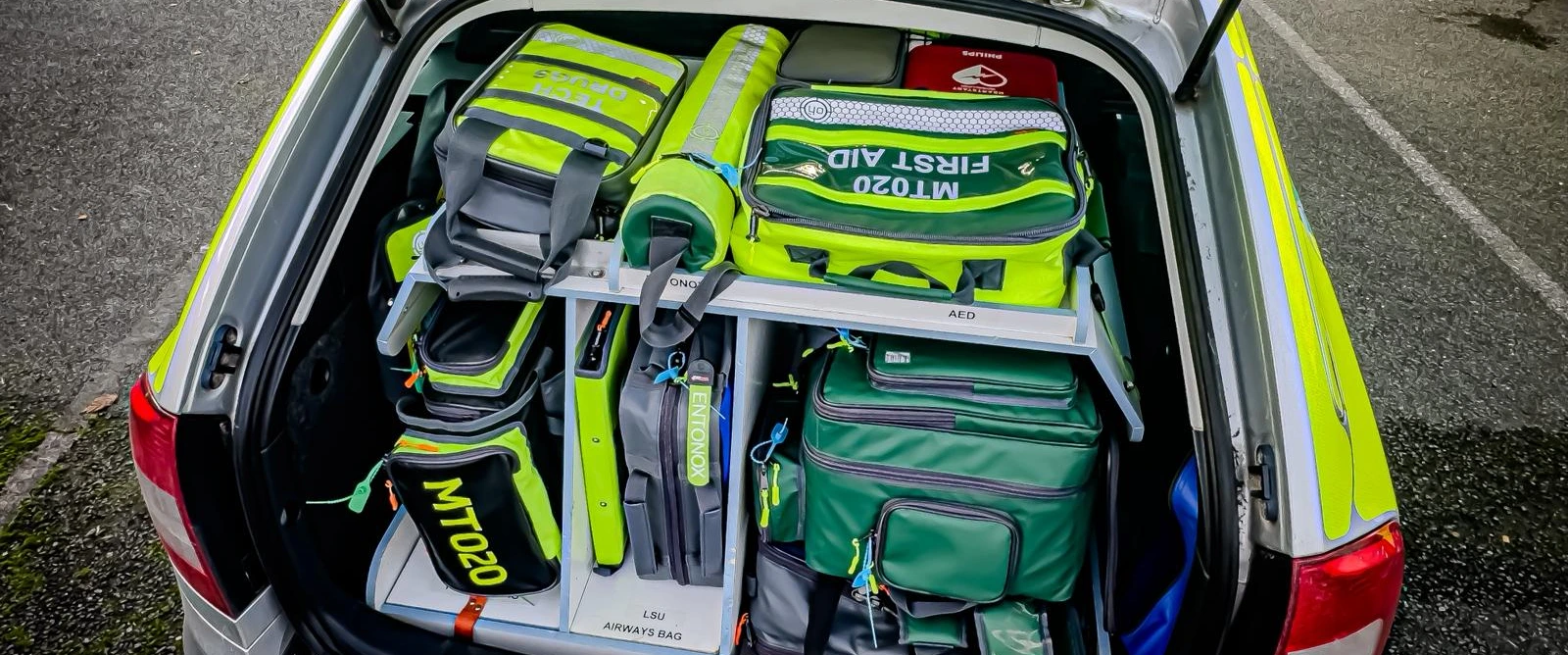
Why Choose Catseye Response Medical Services?
In short:
They respond quickly.
They integrate with your team efficiently.
They tailor their services to meet your event’s risk profile.
They provide professional, experienced medics—not just basic first aiders.
They help you meet your safety obligations with confidence.
When the safety of your attendees matters—and it always does—you want a medical partner who brings expertise, reliability and calm professionalism. Catseye deliver exactly that.
Why choose Catseye Response Medical Services
They combine experienced professional medics (not just basic first aiders) with ambulance-level equipment.
Their service is customised to your event rather than off-the-shelf.
Strong track record in the region (North West England) — good if your event is local to Manchester/Cheshire.
They handle the logistics and communications complexities of on-site medical provision so you can focus on the rest of the event.
Using a specialist provider like this helps you show due diligence for health & safety, insurance and regulatory compliance.
Working with Catseye Response Medical Services
In short: when you choose Catseye Response Medical Services as your medical partner for your event, you're investing in more than simply “someone with a first aid kit”. You’re getting a comprehensive, professional medical service that integrates into your event operations, improves safety, and helps you deliver a successful, compliant event.

.

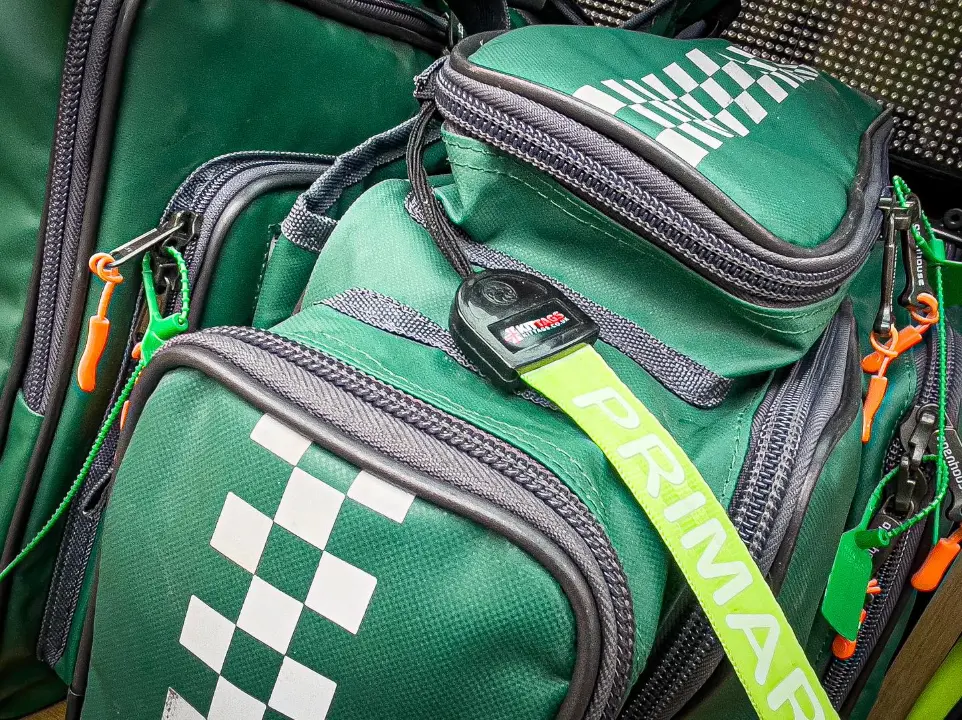
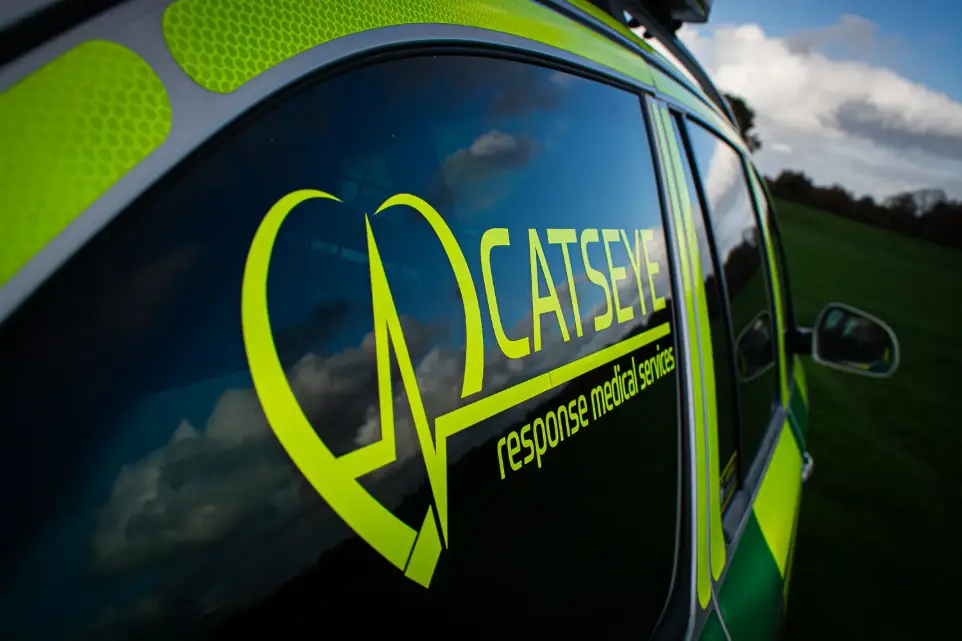

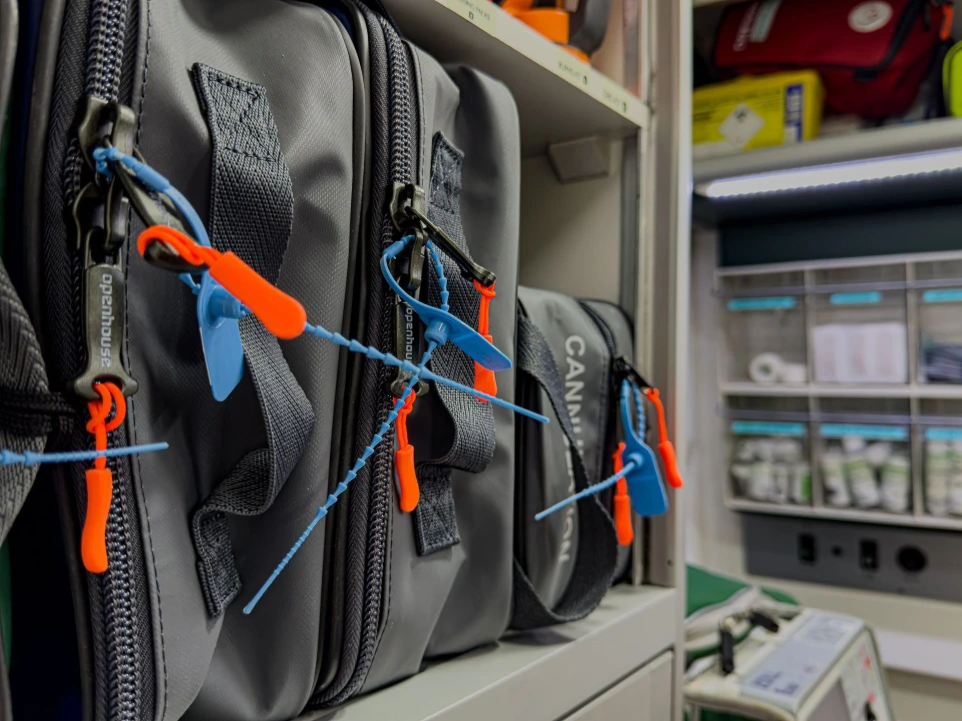
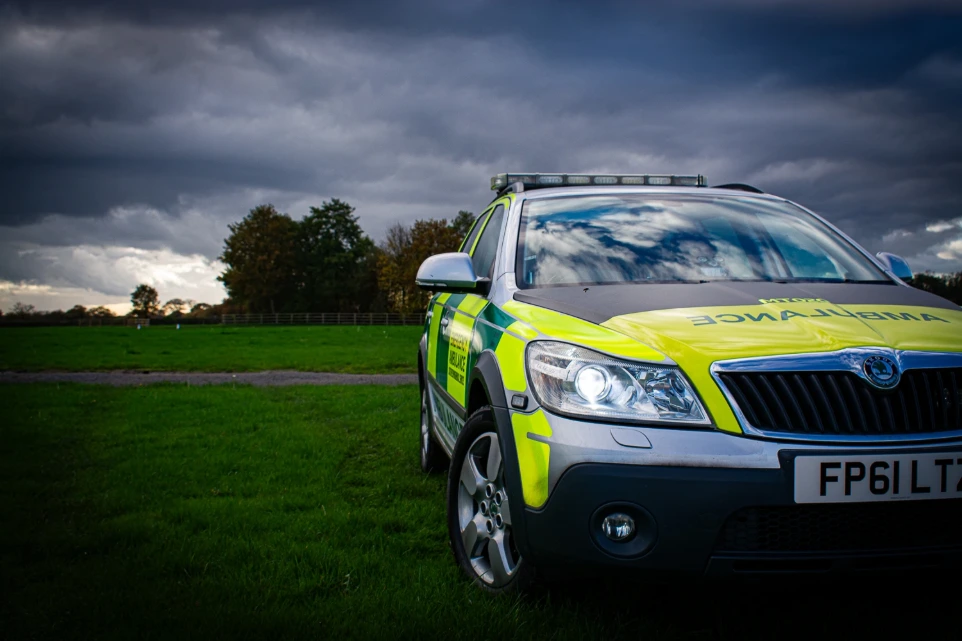







 Frequently asked questions
Frequently asked questions
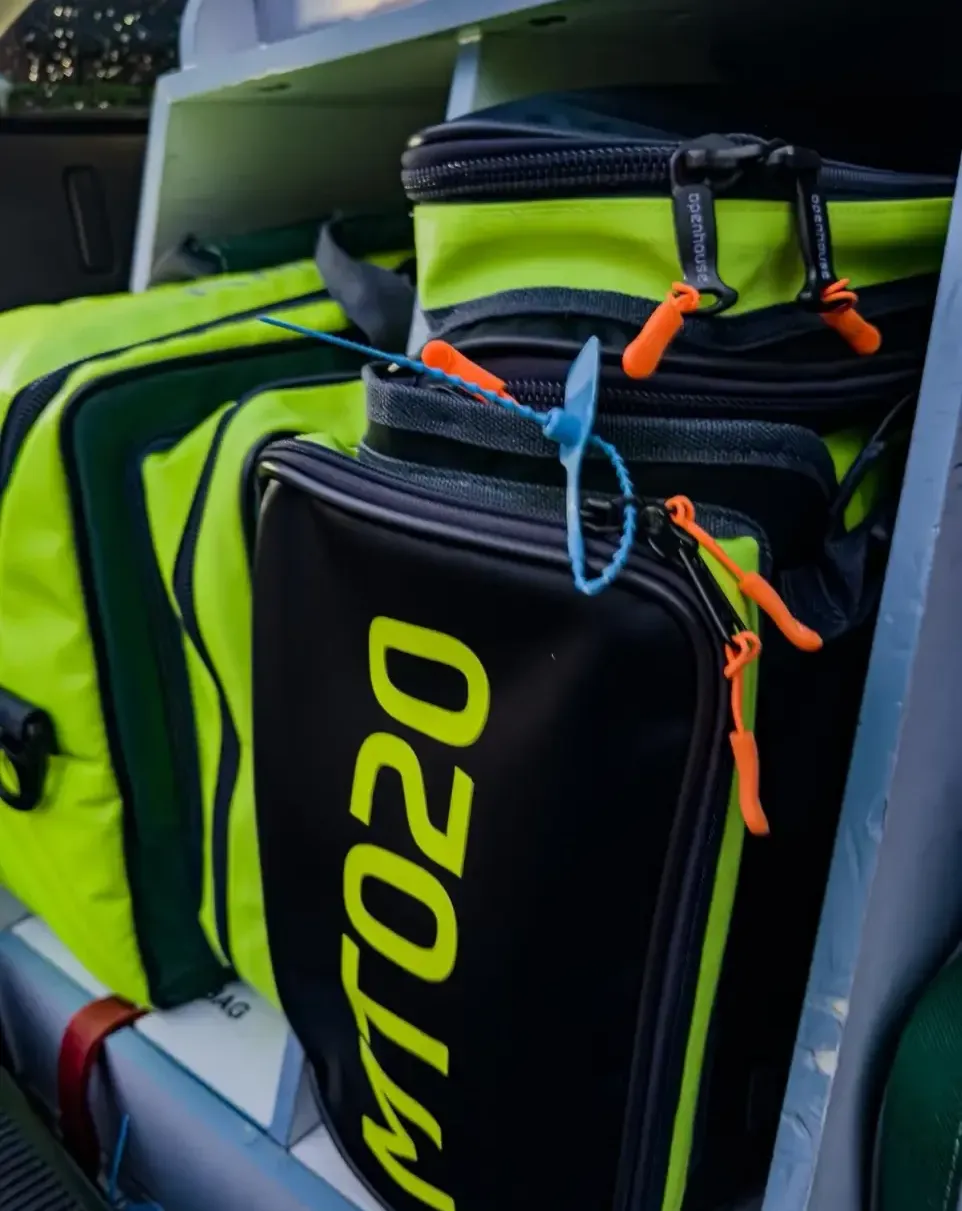
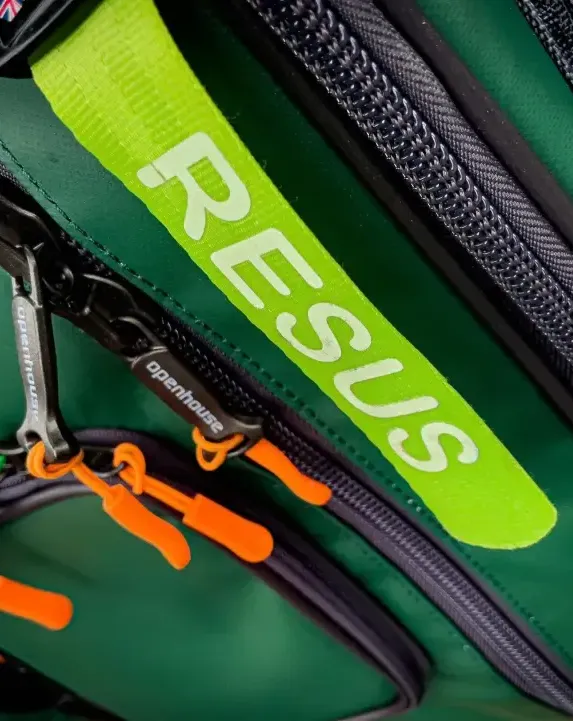
 Fully equipped and insured event medical team
Fully equipped and insured event medical team